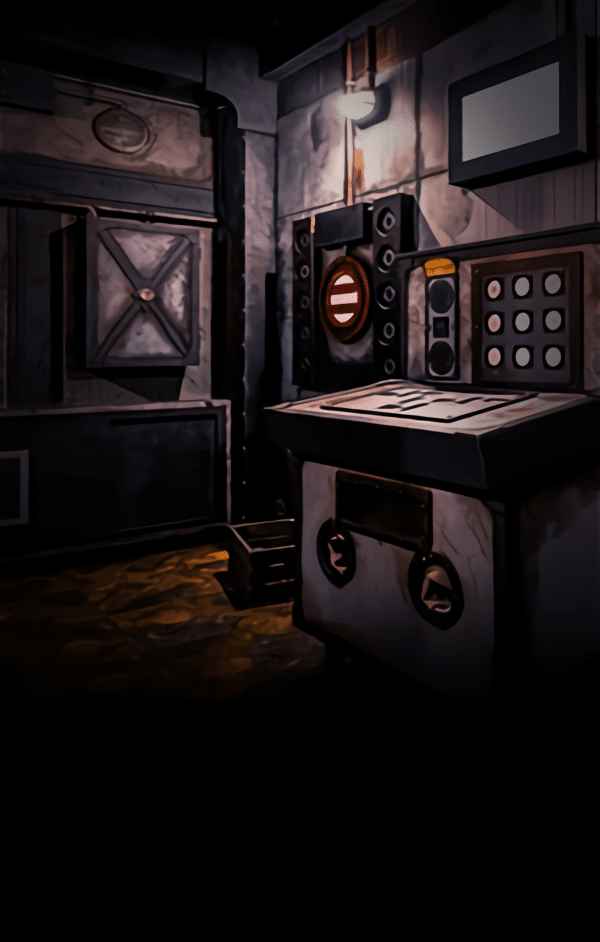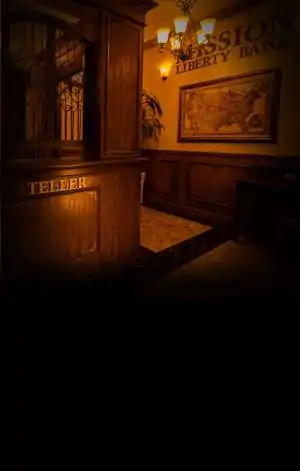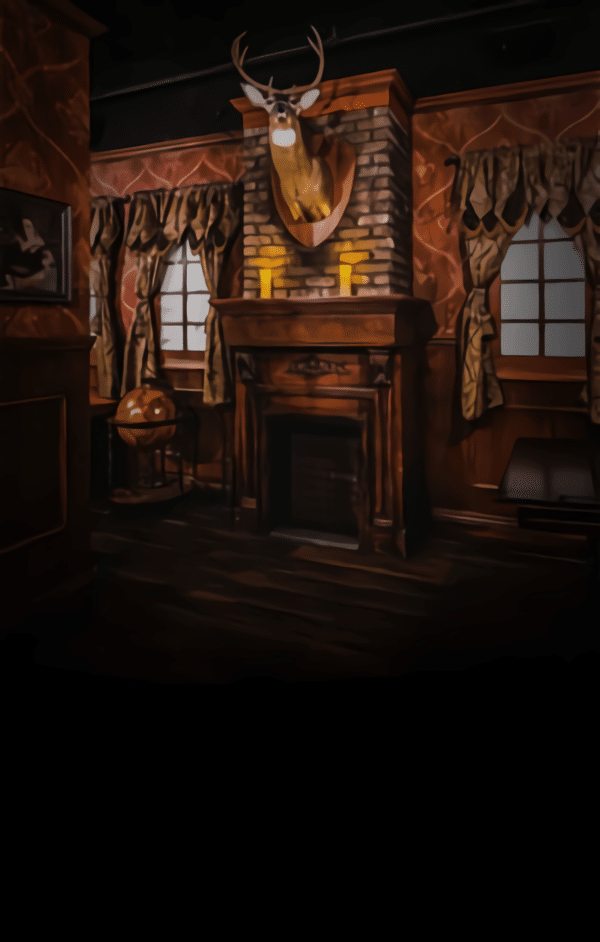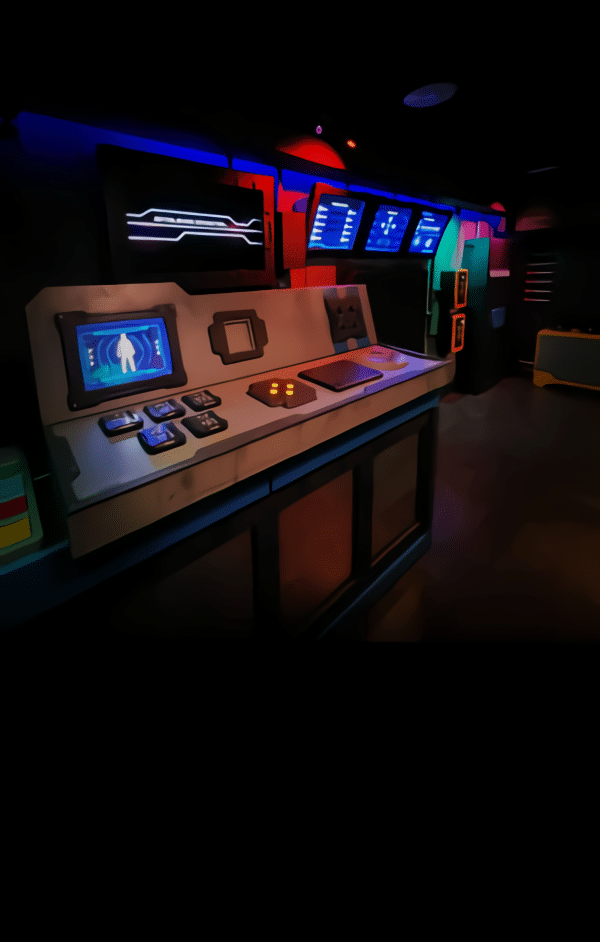The Immersive Storytelling Behind Each Challenge
At Mission Escape Games – NYC, every scenario is crafted as a living narrative that places players at the heart of unfolding events. From the moment participants step into the venue, they’re greeted with props, audio cues, and atmospheric details that signal a deeper story waiting to be uncovered. Unlike traditional attractions, here the plot evolves organically, driven by the team’s discoveries and decisions. This dynamic approach ensures no two groups experience the same sequence of revelations, fostering a sense of suspense and personal investment in the outcome.
Game masters often introduce initial exposition—through letters, recordings, or live actors—that sets stakes and motivates players to act. As players solve each puzzle, they unlock new chapters of the tale. For instance, in the “End of Days” series, hints about a looming apocalypse gradually emerge, heightening urgency and emotional engagement. By weaving narrative hooks into each clue, the experience transcends mere puzzle-solving; it becomes a collaborative adventure in which participants shape their own storyline.
This level of immersion is central to what makes escape room nyc adventures so compelling. Players aren’t just observers but key protagonists whose actions directly influence the game’s progression. As a result, every victory feels earned, and every setback deepens the bond among teammates, creating memories that resonate long after the session concludes.
Innovative Puzzle Design and Technology
The backbone of any successful escape room lies in its puzzles, and Mission Escape Games – NYC invests heavily in designing challenges that blend creativity with cutting-edge technology. Rather than relying solely on padlocks and combination codes, the team develops multi-layered enigmas that engage multiple senses. From UV light–revealed messages to RFID-activated locks and sensor-triggered effects, technology amplifies the thrill and surprises players at every turn.
Crafting these puzzles begins with a clear narrative goal. Designers ask: What secret should be unveiled next? How can technology enhance that reveal? For example, a seemingly innocuous painting might trigger a hidden compartment when players arrange its elements in a specific pattern. Elsewhere, voice recognition could verify a secret phrase, unlocking a new room or prop. These interactive elements keep participants alert and invested, as any object could hide the next clue.
Moreover, by integrating real-time feedback—such as flickering lights or distant rumbling sounds—the environment reacts to player success or missteps. This responsiveness not only heightens excitement but also guides participants without overt hints. The intelligent puzzle mechanics ensure that challenges remain fair yet demanding, striking a balance between frustration and exhilaration that defines top-tier immersive entertainment.
Collaborative Team-building in High-stakes Scenarios
One of the greatest attractions of escape rooms is their ability to bring people together in pursuit of a shared goal. At Mission Escape Games – NYC, designers deliberately craft scenarios that demand genuine teamwork under time pressure. Puzzles are distributed across different areas, requiring players to communicate effectively, delegate tasks, and pool diverse skill sets to progress.
Teams often find that strengths emerge naturally: analytical thinkers excel at code-breaking challenges, while more tactile players handle prop manipulations. This division of labor not only accelerates problem-solving but also fosters camaraderie, as participants rely on one another’s unique talents. The ticking clock amplifies urgency, encouraging decisive action and reducing over-analysis that can stall progress.
Furthermore, many rooms include interdependent puzzles, where solving one challenge unlocks tools necessary for another. This structure reinforces the importance of monitoring each other’s progress and sharing discoveries promptly. Even in scenarios with mild competition—such as timed leaderboards—collaboration remains paramount. The shared triumph at the end, whether escaping with seconds to spare or narrowly missing success, cements bonds and creates stories that players recount long after departing the venue.
Themed Environments: From End of Days to Hydeout
Variety is essential for repeat visitors, and Mission Escape Games – NYC offers a diverse lineup of themes that transport players to entirely different worlds. Whether navigating the post-apocalyptic corridors of End of Days A and B, slipping into the clandestine hideaway of Hydeout, or racing against time in Carbon: 3708, each room delivers a wholly distinct aesthetic and narrative drive.
Designers immerse participants through meticulously crafted sets: crumbling walls and flickering monitors for apocalypse scenarios; slick, modern furnishings concealing secret compartments in a high-stakes hideout; or futuristic consoles and data pads in a dystopian reactor chamber. Soundscapes—ranging from distant alarms to eerie ambient drones—complete the sensory immersion, making it easy to forget the hustle of Midtown Manhattan outside.
The cool factor of jumping between themes encourages players to return, eager to tackle new challenges and compare experiences with friends. Skilled game masters also fine-tune difficulty levels based on group performance, ensuring that visiting multiple times continues to feel fresh and engaging. This breadth of themed adventures under one roof is a hallmark of Mission Escape Games – NYC’s commitment to innovation and audience satisfaction.
Personalized Experiences and Difficulty Levels
No two groups share the same composition, and Mission Escape Games – NYC recognizes this by offering adjustable difficulty settings and personalized hints. Before entering, teams can request a more relaxed experience focused on story immersion or a hardcore challenge aiming for record times. Game masters monitor progress from an adjacent control room and can offer subtle cues or escalate pressure by introducing atmospheric effects.
For corporate team-building events, hosts might opt for moderate difficulty to promote confidence and collaboration, while seasoned enthusiasts often choose maximum challenge to test their limits. Additionally, rooms can be reconfigured periodically, with puzzles rotated or tweaked to maintain novelty even for returning players. This dynamic approach keeps the fan base engaged and positions Mission Escape Games – NYC as an ever-evolving destination.
Feedback loops play a crucial role: after each session, participants can share thoughts through digital surveys. Designers analyze completion rates, hint usage, and player comments to refine puzzle balance and narrative pacing. This data-driven iteration ensures that new arrivals consistently encounter well-calibrated challenges offering both mental stimulation and entertainment.
Attention to Detail: Sets, Props, and Atmosphere
What separates a good escape room from an exceptional one is the unwavering commitment to detail. At Mission Escape Games – NYC, every element within a room serves a purpose, whether narrative or functional. Furniture is selected not only for style but for hidden mechanisms; props are aged, weathered, or customized to fit the story’s era; and lighting is programmed to highlight key areas or create suspense.
Prop masters scour specialty shops and online marketplaces to source unusual artifacts—then retrofit them with sensors or lockboxes. Walls bear secret messages in invisible ink, uncovered only under specific lighting. Even simple elements like carpeting or wall textures are chosen to reflect the chosen theme. This meticulous craftsmanship reassures players that the world they’re exploring is cohesive and authentic.
Finally, ambient sounds and scent diffusers add subtle layers of immersion. The faint hum of backup generators in a reactor room, the musty odor of abandoned chambers in an apocalypse scenario, or the clink of glasses in a covert hideaway reinforce the illusion. These multi-sensory cues transform puzzles into experiences, making Mission Escape Games – NYC’s offerings stand out as fully realized adventures.
Conclusion
Escape room NYC adventures at Mission Escape Games – NYC distinguish themselves through expertly woven narratives, innovative puzzles, and richly detailed environments. By prioritizing immersive storytelling, collaborative gameplay, and technological sophistication, each experience feels both fresh and memorable. Whether you’re a first-timer seeking an engaging group activity or a seasoned enthusiast chasing new challenges, these venues deliver unique, high-energy entertainment that keeps you coming back for more.
Frequently Asked Questions
1. How do escape room NYC games create unique experiences?
Escape room NYC games at Mission Escape Games – NYC craft experiences through immersive storytelling, state-of-the-art puzzle design, and thematic environments that respond to player decisions in real time, ensuring each session feels like a personalized adventure.
2. What types of themes are available for escape rooms in Midtown?
The Midtown location offers a variety of themes including post-apocalyptic challenges (End of Days A & B), clandestine hideouts (Hydeout), and futuristic reactor scenarios (Carbon: 3708), each with distinct narratives and set designs.
3. How long does a typical escape room session last?
Most sessions are designed for 60 minutes of gameplay, plus an additional 10–15 minutes for briefing and debriefing, totaling around 75 minutes per visit.
4. Can game difficulty be adjusted for different skill levels?
Yes. Groups can choose from standard to expert difficulty settings, and game masters provide tailored hints or adjustments to ensure both newcomers and veterans enjoy the challenge.
5. How many people can participate in an escape room game?
Rooms accommodate teams ranging from 2 to 8 players, allowing for intimate group experiences or larger gatherings such as corporate team-building events.









